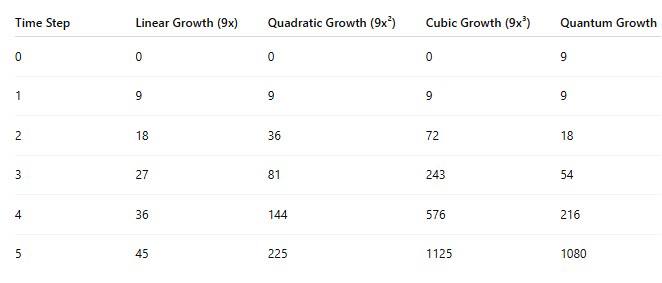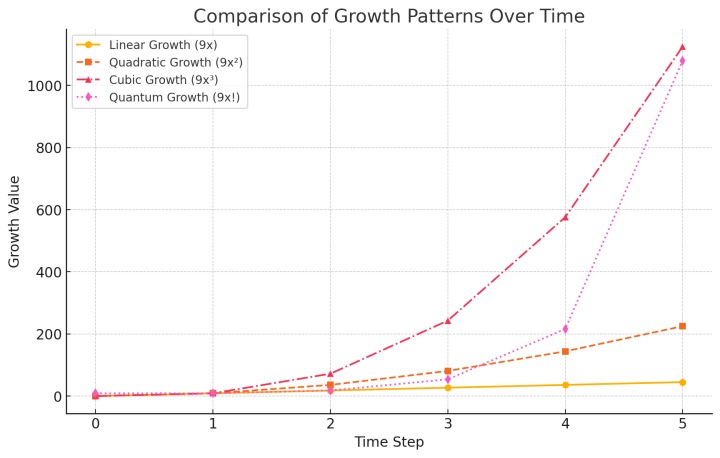Adetimilehin Inioluwa is the Senior Associate at Solina Centre for International Development and Research (SCIDaR).
When seasoned professionals urge immediate action, whether to start something or to stop it, it’s easy for younger people to dismiss their urgency as unnecessary drama. But what if they’re right?
We are entangled in the illusion that tomorrow is always available. However, when people warn that tomorrow may be too late, they don’t necessarily mean death. They mean that certain windows don’t stay open forever. Some actions, once delayed, become impossible, or at best, exponentially costlier.
Someone once said, “Procrastination is the arrogance of assuming God owes you the benefit of tomorrow.”
If we look at it from a scientific perspective, human behavior often follows physical laws, one of them being elasticity. A rubber band stretches and returns to shape, but only up to a limit. Push it past that point, and it snaps. The same applies to life. You might have gotten away with something a hundred times before, but the next time could be the one that breaks you.
We see this play out in familiar patterns:
⦁ The movie cliché where one last job before retirement triggers absolute chaos.
⦁ The addict who stays hooked because “just one more time” becomes an endless cycle.
⦁ The gambler who chases losses until there’s nothing left to chase.
And then one day, you wake up and realise you have more yesterdays than tomorrows.
The Hidden Cost of Delay
Another reason we hesitate to act immediately is the belief that consequences are small. We assume that delaying action, whether in personal growth, crisis management, or strategic decisions, has minimal impact. Delays don’t always postpone consequences; sometimes they multiply them. The idea that “a stitch in time saves nine” may not just be a metaphor, it’s math.
If a single stitch at time T₀ can fix the problem, waiting until T₁ means you don’t just need one extra stitch, you might need nine. But what happens if the consequences don’t just add up? What if they multiply?
 Here’s the corrected table with factorial-based quantum growth calculated properly as 9 × x!:
Here’s the corrected table with factorial-based quantum growth calculated properly as 9 × x!:
Time Step Linear Growth (9x) Quadratic Growth (9x²) Cubic Growth (9x³) Quantum Growth (9x!)
 Why This Matters in Communications
Why This Matters in Communications
The same principle holds true in communication: delayed action can lead to compounding problems. Whether it’s personal development or organisational strategy, failing to act at the right time makes catching up significantly harder. Delays aren’t just about personal habits. In communications, timing dictates who listens, how they react, and whether you even get a seat at the table.
Take the classic PR disasters, where companies waited too long before addressing public outrage. Remember the famous United Airlines incident? When they forcibly removed a passenger from an overbooked flight in 2017, the internet exploded. Instead of acting fast, their delayed response, and initial defensive stance, turned a bad situation into a catastrophe. Had they swiftly taken responsibility, controlled the narrative, and prioritised public perception over policy, the backlash wouldn’t have been as severe.
On the flip side, when Nike backed Colin Kaepernick, it was a risk but it was calculated one. They saw the cultural shift, aligned with their audience’s values, and turned controversy into a $6 billion surge in brand value. The right timing led to the right message.
The world moves fast, trends evolve, and audiences recalibrate. Nokia was once the king of mobile phones but while they saw touchscreen technology coming they hesitated despite having the resources. It was the same story with BlackBerry. By the time they acted, Apple and Samsung had already eaten their lunch. In contrast, Netflix saw the writing on the wall. While Blockbuster hesitated to go digital, Netflix leaned in. The result is that one is a billion-dollar giant and the other is a memory.
This conversation isn’t just about companies. Individuals face the same stakes. A professional who fails to adapt, reskill, and evolve with their industry risks becoming irrelevant. Imagine a journalist in 2024 who refuses to learn digital media tools. Or a marketing expert who ignores AI. Their expertise doesn’t disappear overnight but the industry moves without them.
For brands, it’s the same. If you don’t engage audiences, evolve messaging, and stay culturally aware, you’ll wake up one day and realise nobody is listening anymore.
Practical Takeaways for Comms Professionals
1. Timeliness is crucial for survival
⦁ PR Crises Escalate in Real Time: If a brand waits too long to address an issue, the narrative gets hijacked.
⦁ Know the Golden Hour Rule: Ideally, a comms response should land within an hour of a major issue breaking, even if it’s just an acknowledgment like: “We are aware of the situation and actively investigating. A full statement will follow.”
⦁ Speed vs. Accuracy: Timely communication doesn’t mean reckless communication. Always balance speed with verified facts.
2. Adapt or Get Left Behind
⦁ Comms strategies age faster than ever. What worked for a brand in 2020 may be obsolete in 2024.
⦁ Traditional banks in Nigeria (First Bank, UBA) relied on old-school marketing, while neo-banks like Kuda, Opay, and PalmPay built their brands through social media-native campaigns.
⦁ If you aren’t actively updating your strategy, you’re already behind. This might require you to leverage new platforms early. TikTok and WhatsApp Business are now major comms tools and some brands that ignored them are now struggling to stay relevant.
⦁ Stay ahead of algorithms. Social media visibility isn’t static. What boosts engagement today may not work next month.
⦁ Instagram’s shift from static posts to Reels. Brands that didn’t pivot lost engagement.
3. Preempt Crisis & Set the Narrative
⦁ Crisis comms isn’t just about damage control, it’s about prevention.
⦁ Have pre-drafted statements ready for likely scenarios (data breaches, product recalls, social issues).
⦁ Train key spokespeople in media handling before a crisis hits.
⦁ Own the story before it owns you.
⦁ MTN vs. Glo in Nigeria. MTN often addresses network issues publicly, while Glo remains silent, fueling negative sentiment.
4. You need to go beyond Communication to Measure Impact & Adjust
⦁ Comms without data is just noise.
⦁ Track engagement, sentiment analysis, and response time metrics.
⦁ Airtel’s “Data is Life” campaign worked because it was based on actual customer pain points (affordable data).
⦁ Run A/B tests on messaging. What resonates in Lagos may not work in Kano—localization matters.
5. To Build A Personal Brand, You Need To Practice What You Preach
⦁ If you work in comms but don’t actively build your personal brand, you’re leaving opportunities on the table.
⦁ Follow the Iyinoluwa Aboyeji model and position yourself as a thought leader in your niche.
⦁ Engage in industry conversations online. If people Google your name, will they find expert insights or just LinkedIn job updates?
Timing is an Active Decision and delaying action isn’t inaction, it’s also a decision. And while you’re waiting, things are shifting in the background—trends, public sentiment, opportunities, risks. The real question is “by the time you’re ready, will the moment still be yours to take?”





